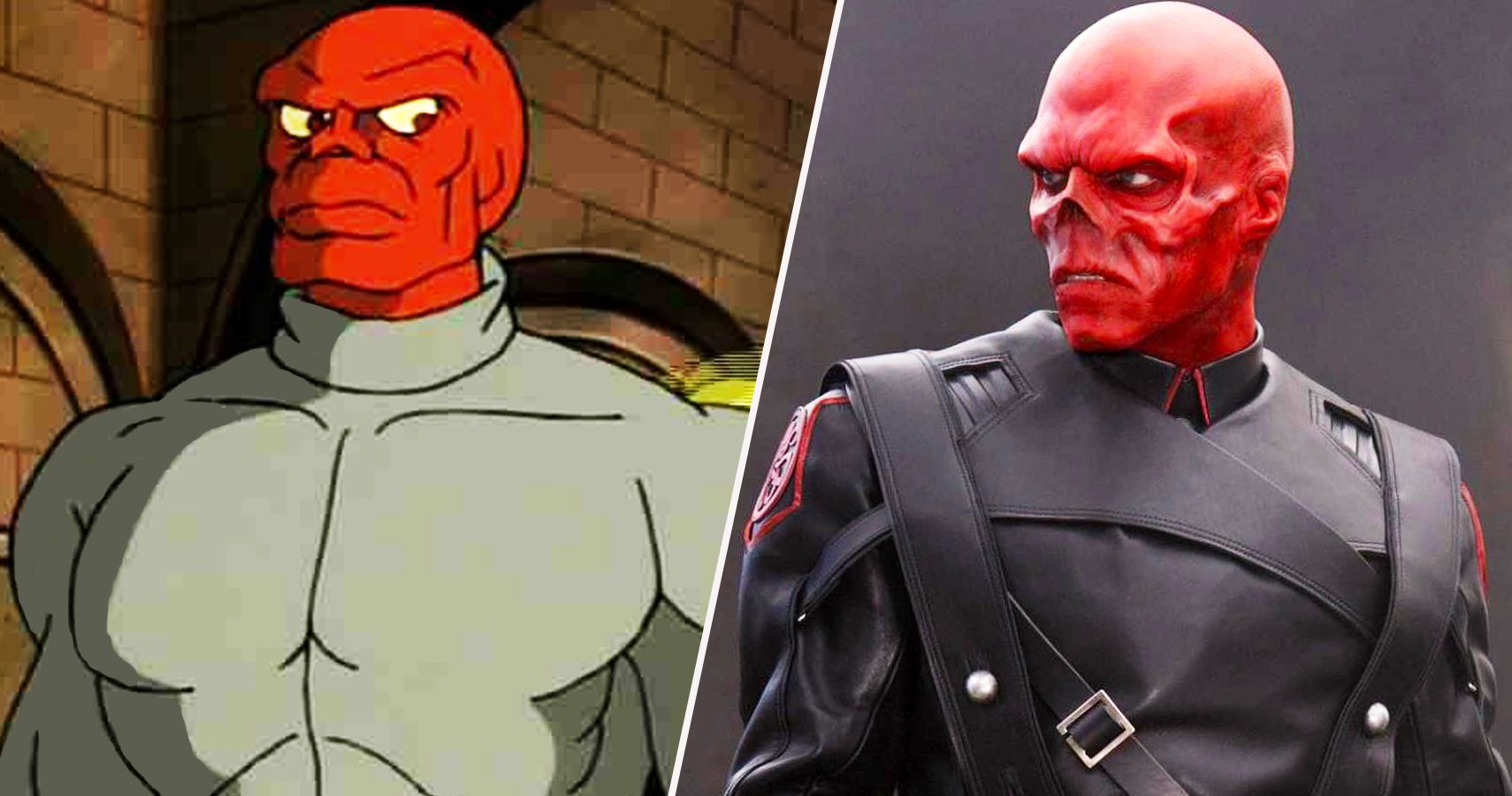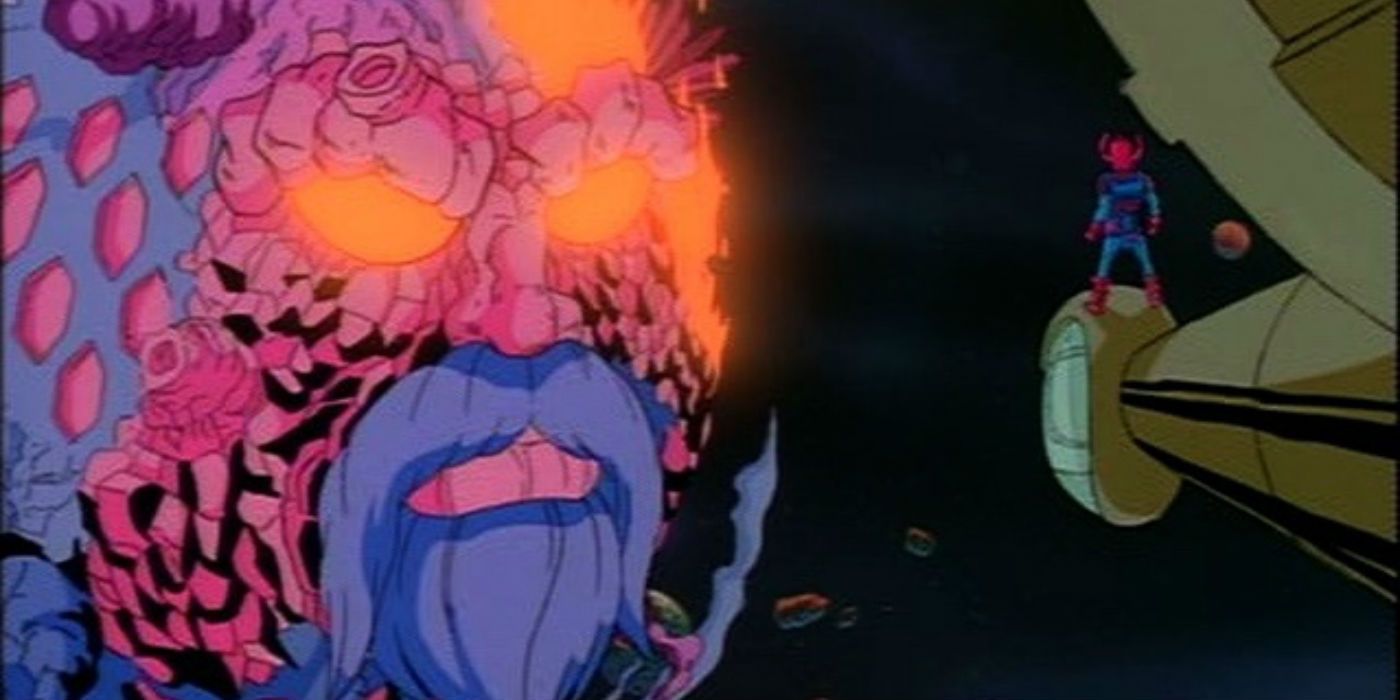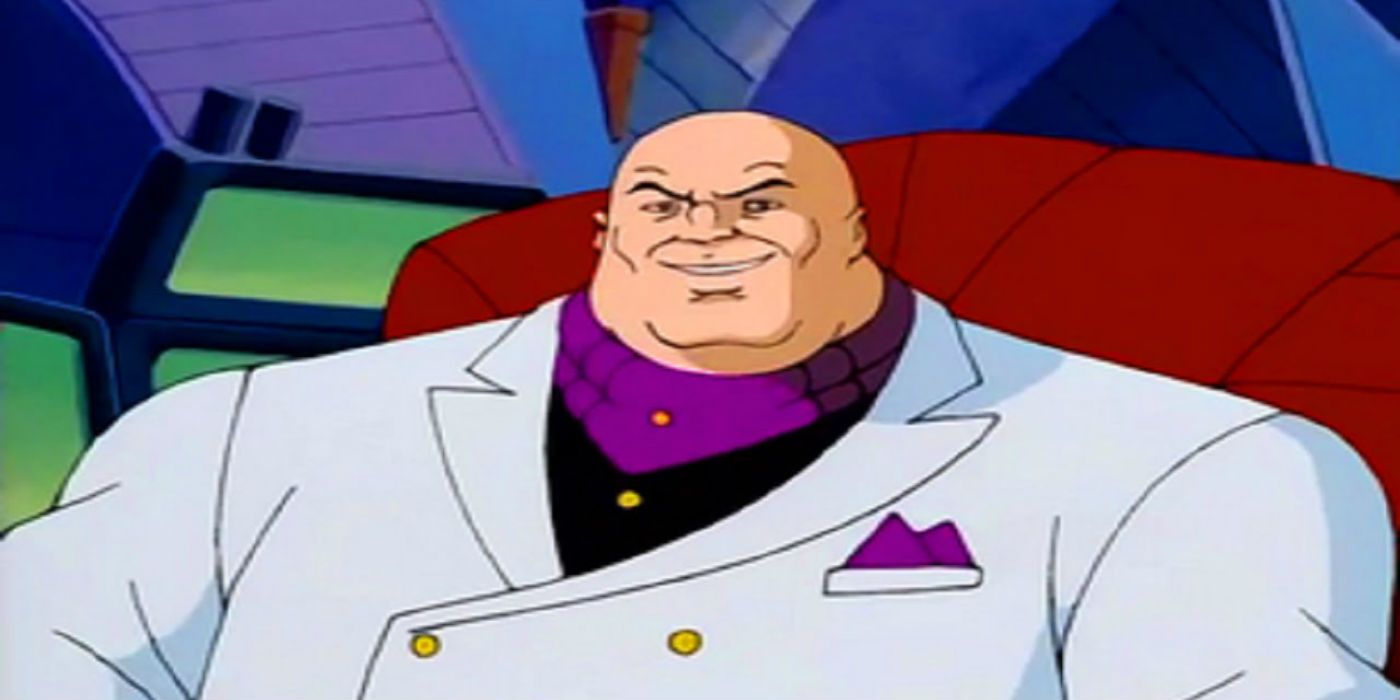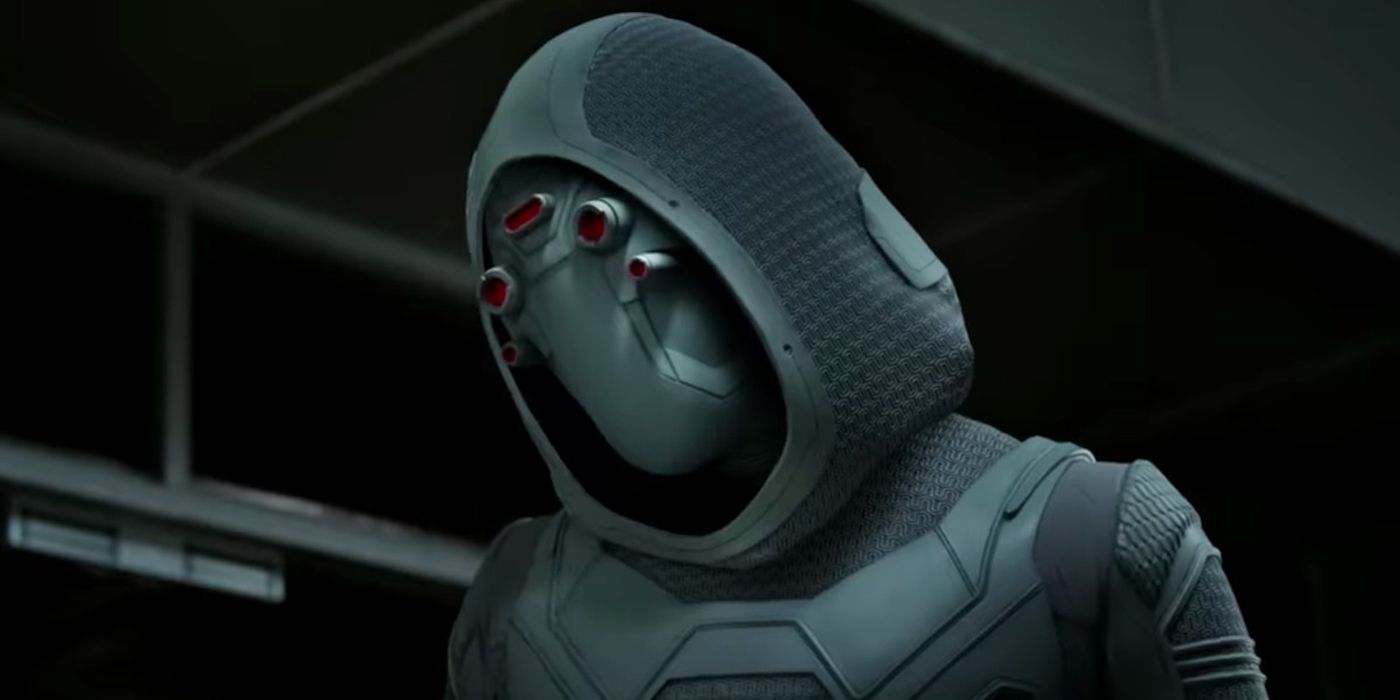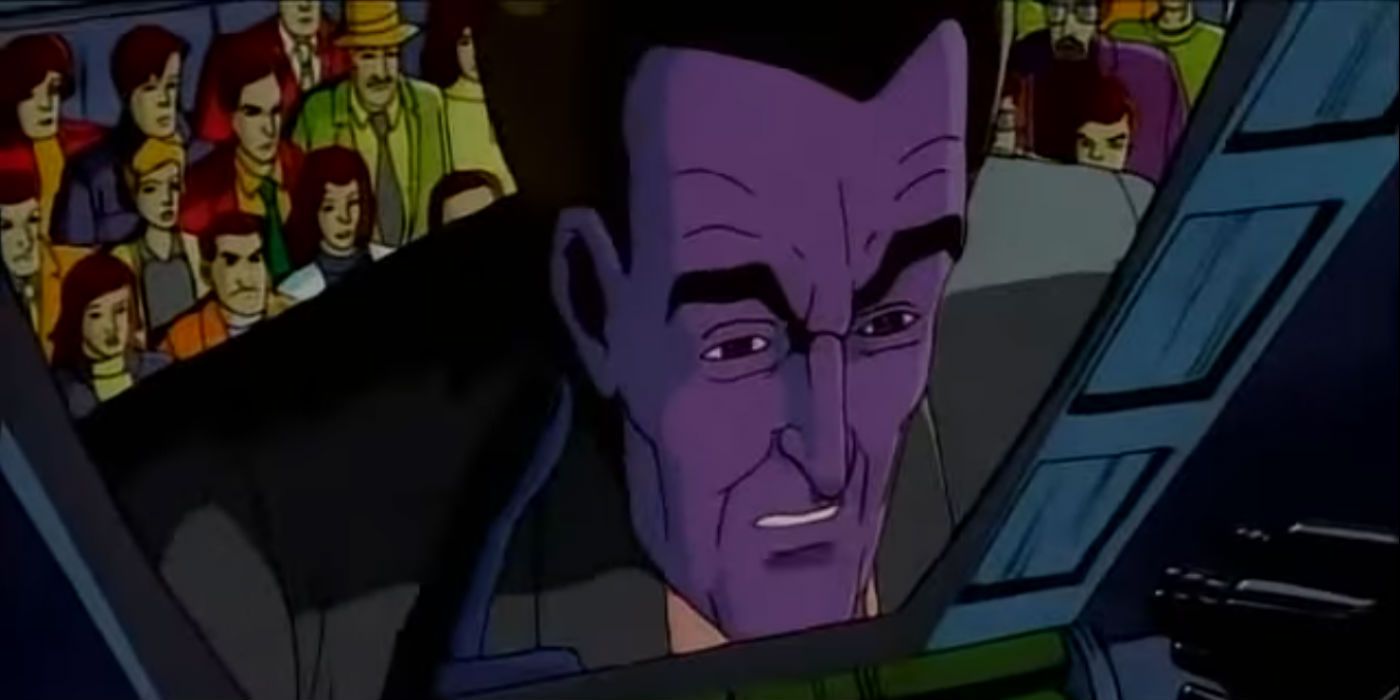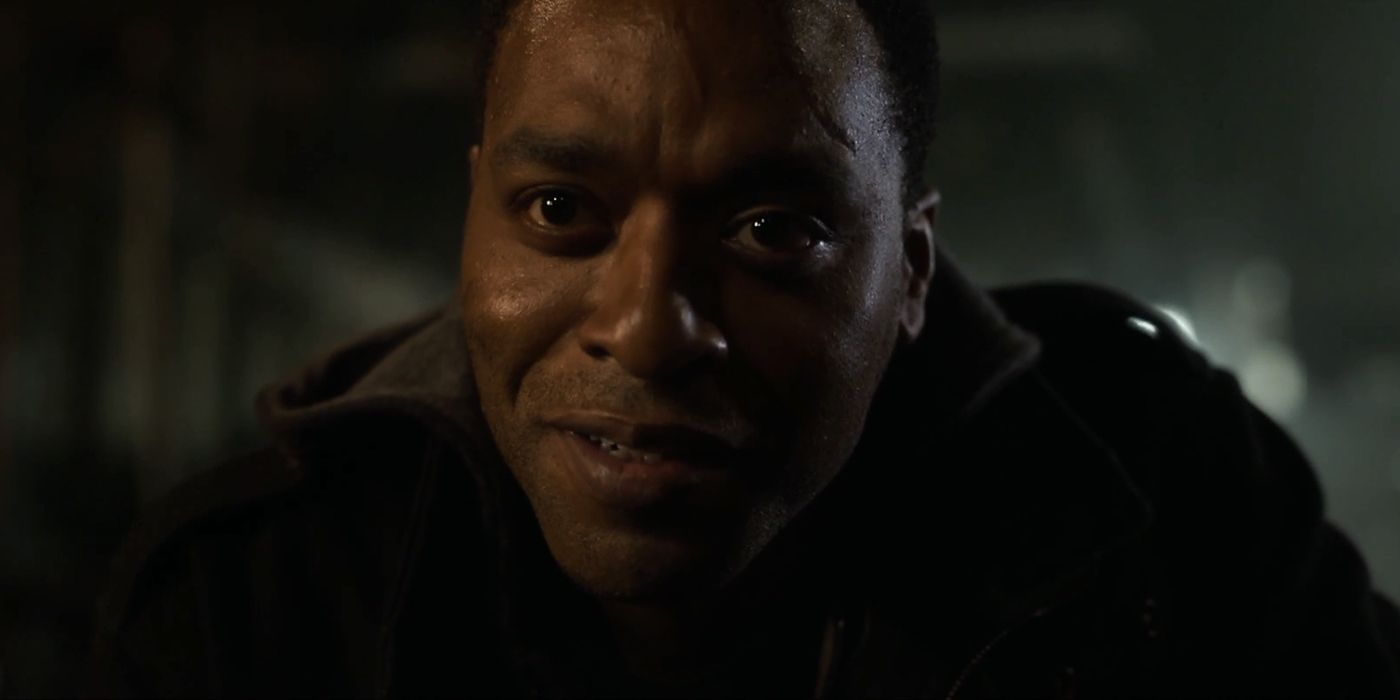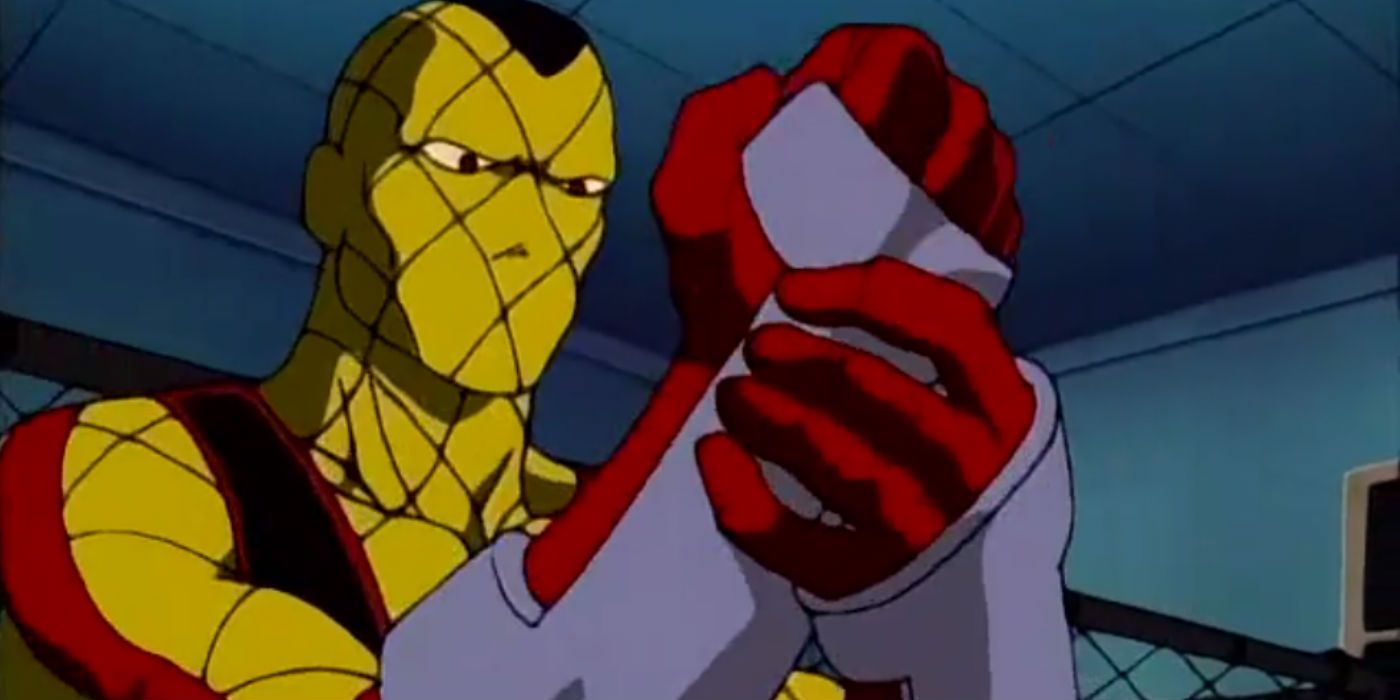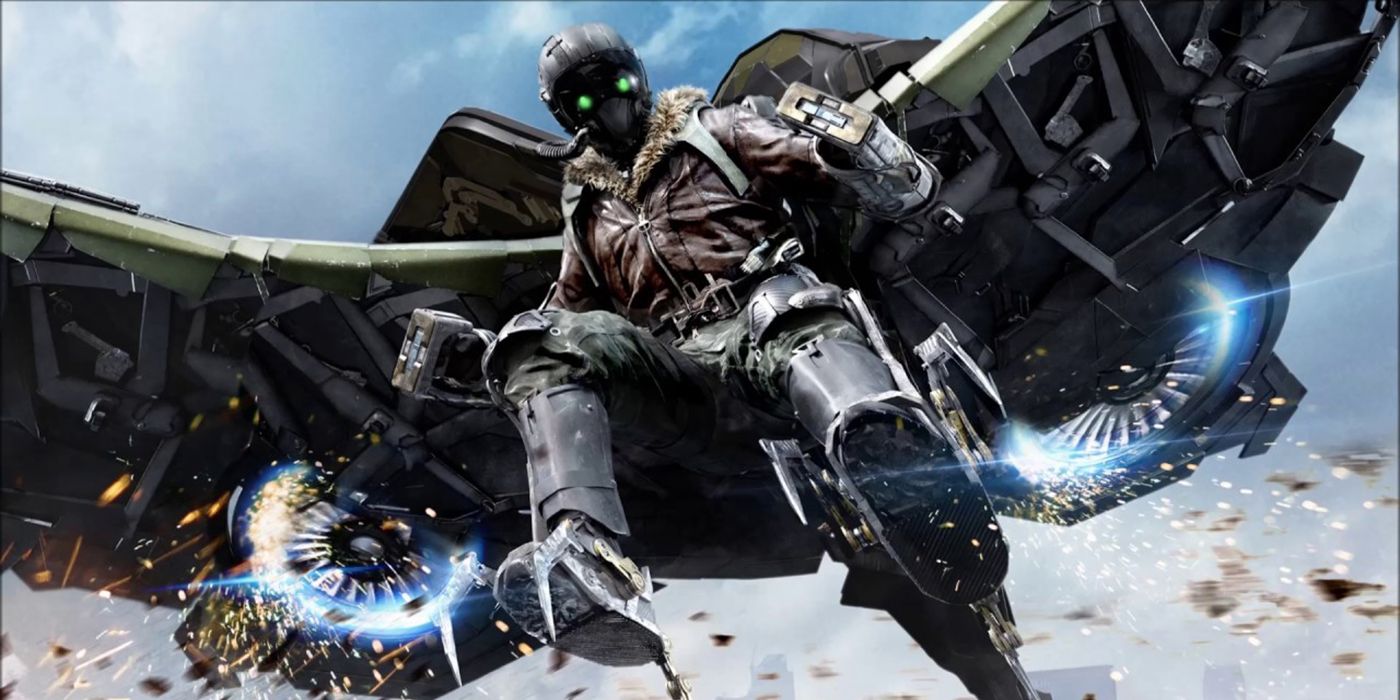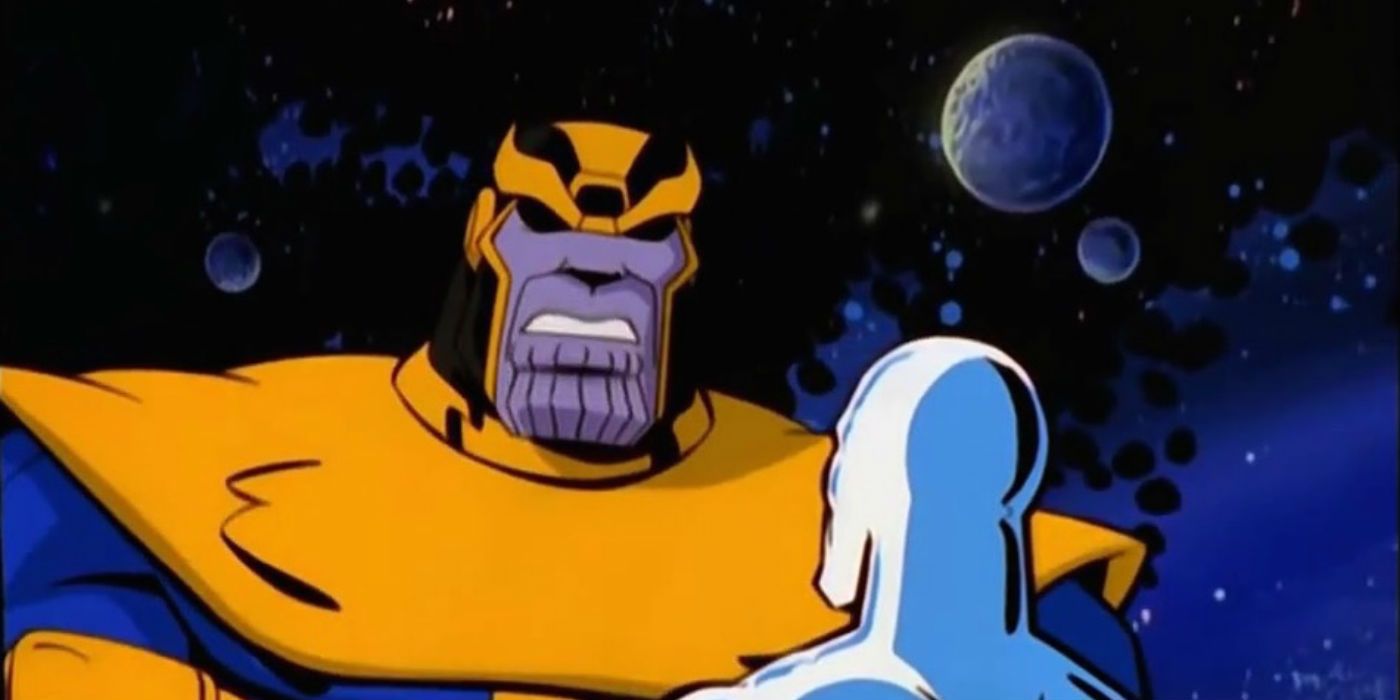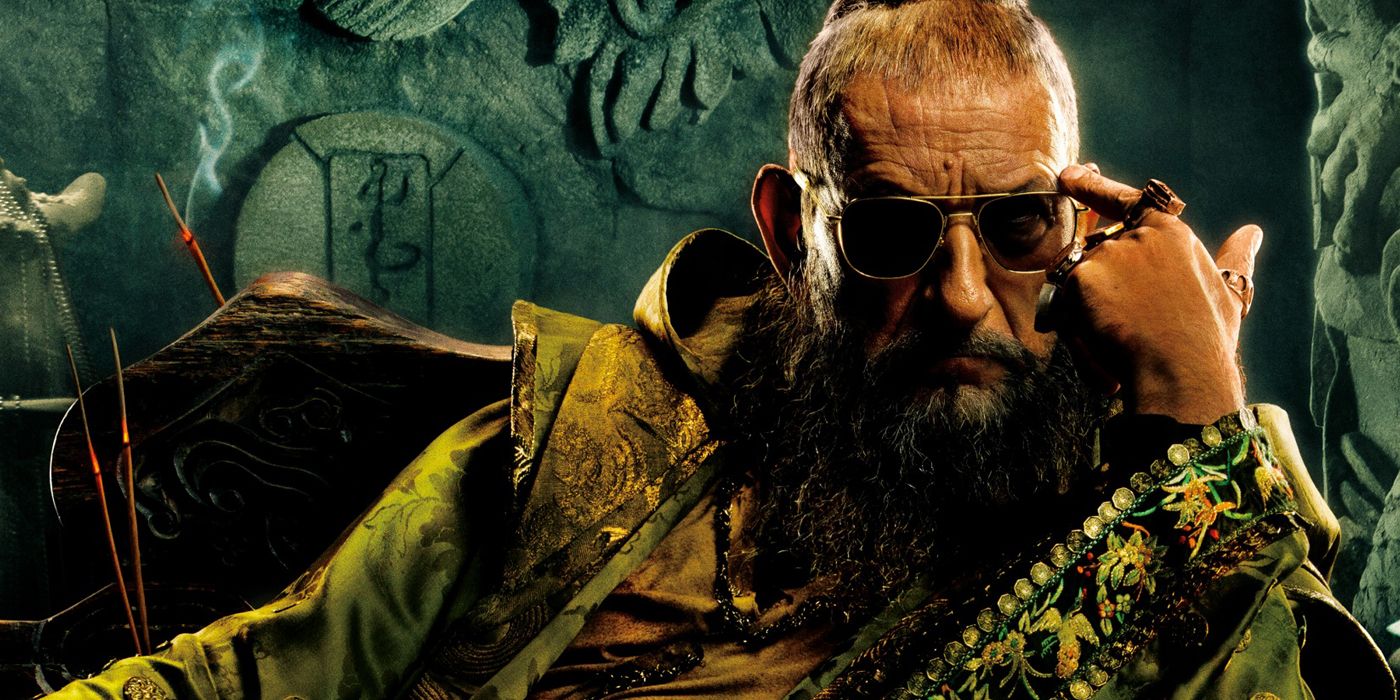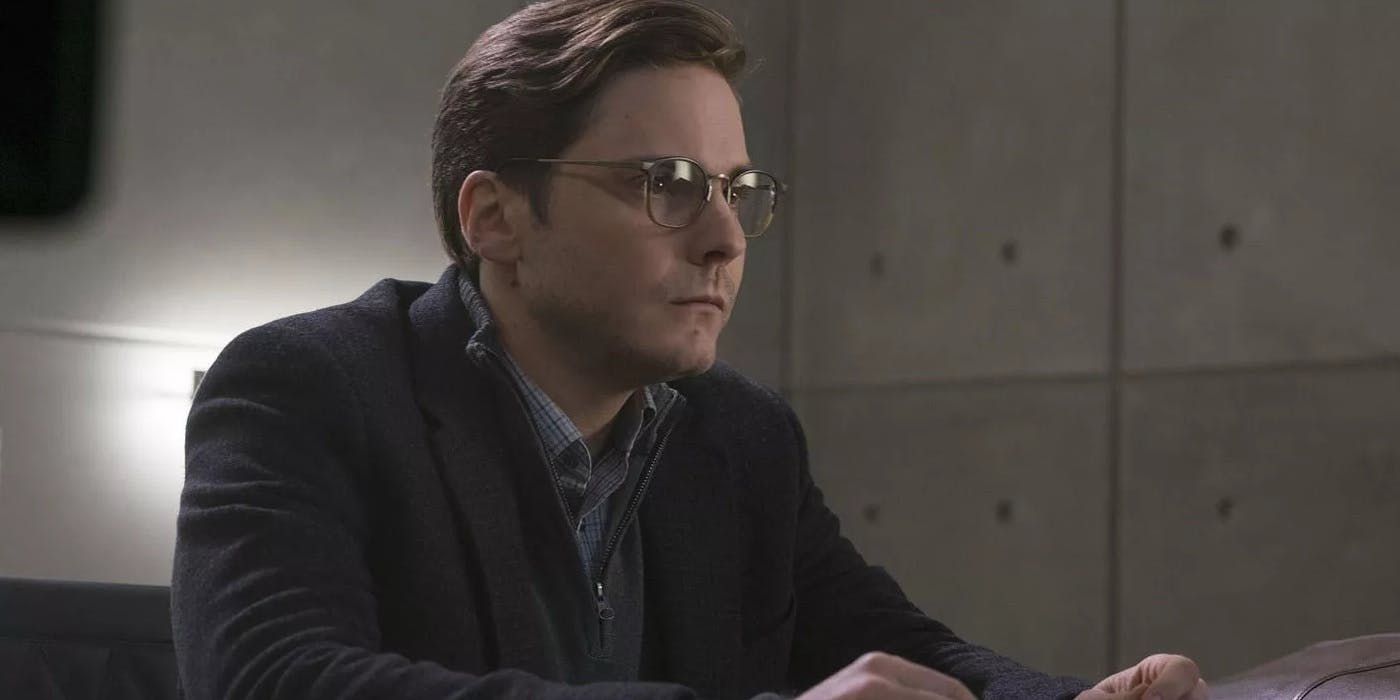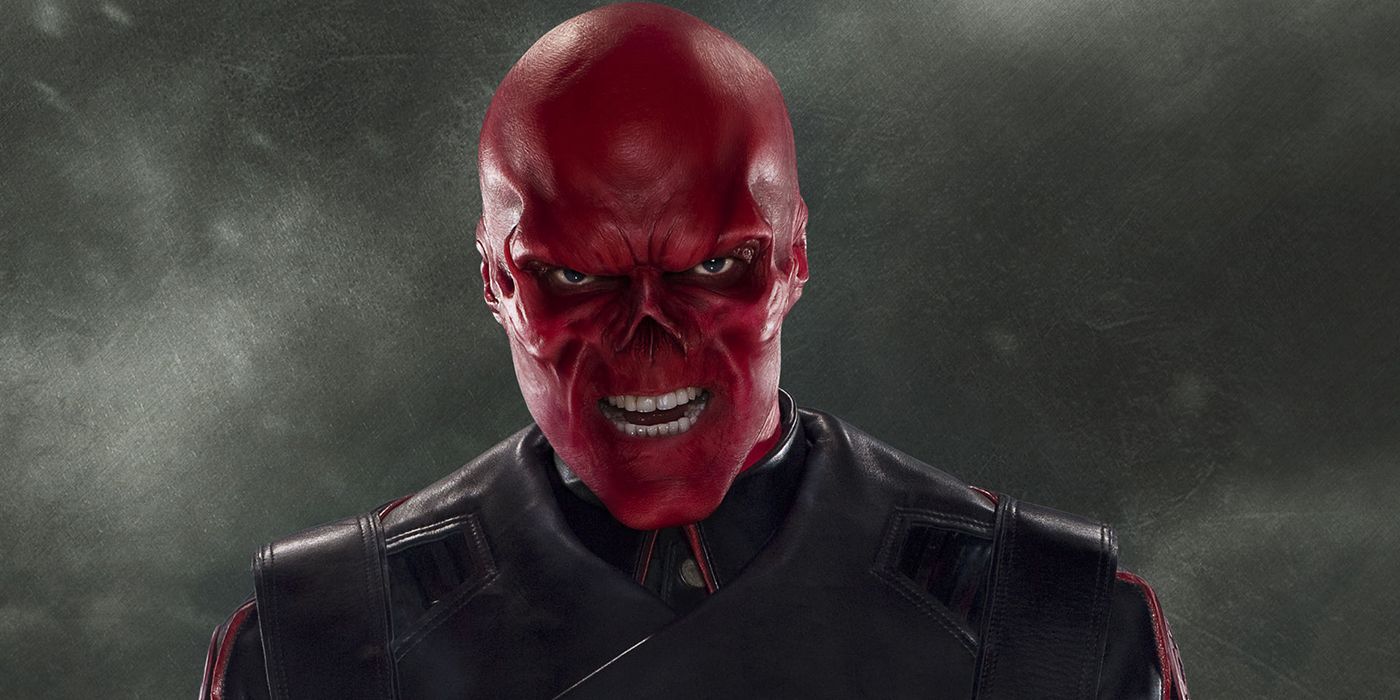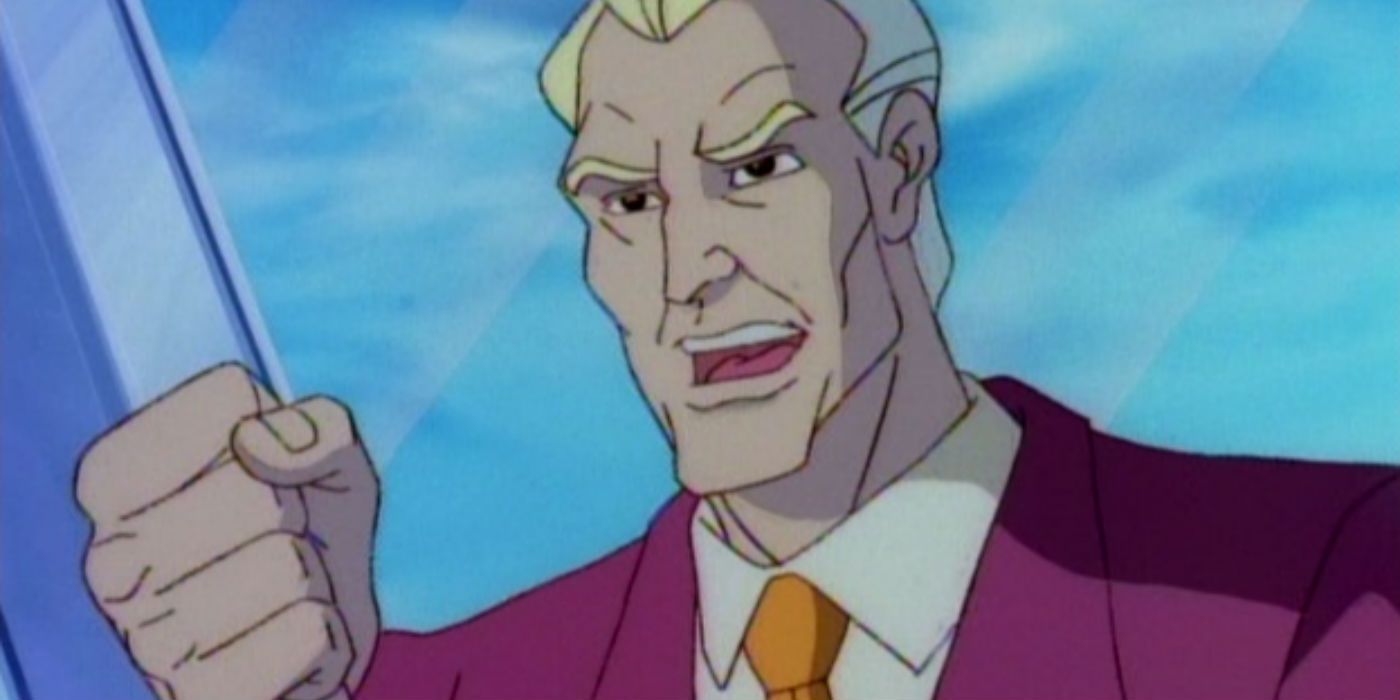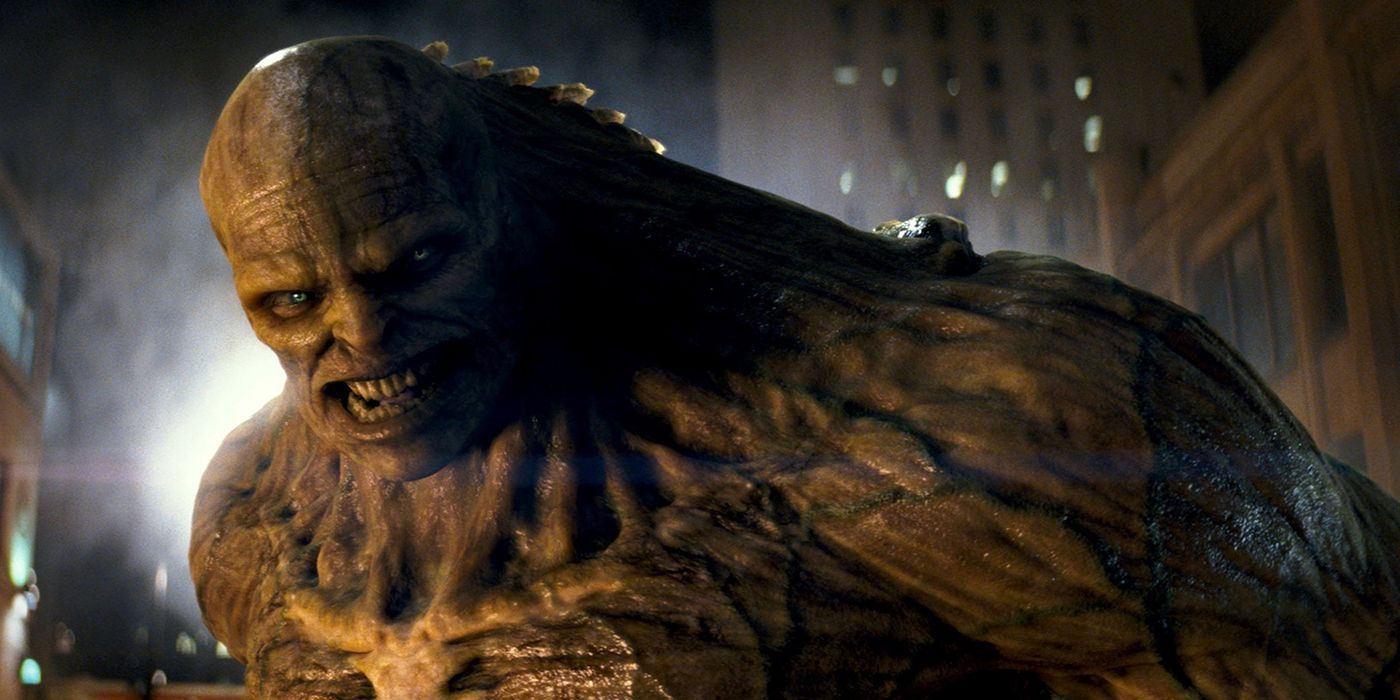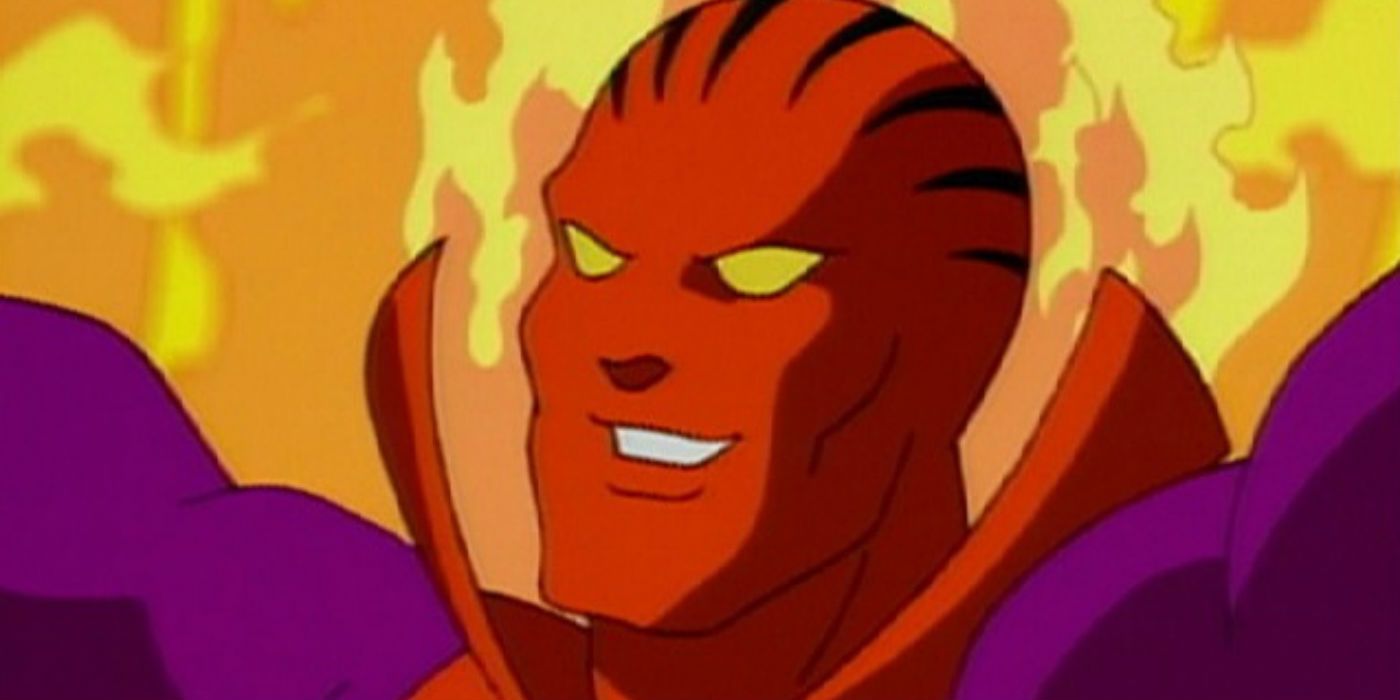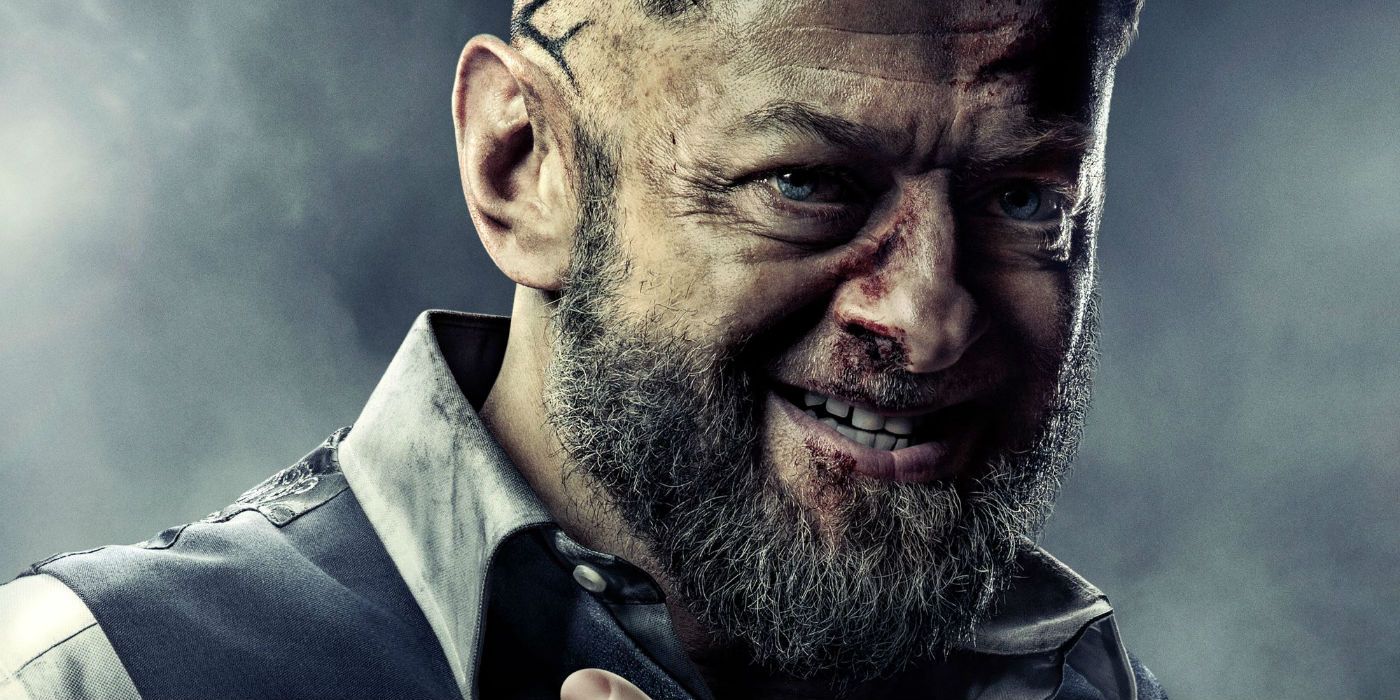When you think back to those old cartoons you used to watch every Saturday morning, you're likely to think that the wonderfully colorful and over-the-top characters would be much too campy to match the complexity and meaningfulness of any live-action adaptation of the same characters, save for the heroes. After all, they get entire series or films dedicated to exploring their strengths and depth. Meaning is a hard enough thing to find in a villain in modern superhero films, much less a series that can only devote a fraction of its 20-minute runtime; and yet, somehow, there are certain cartoons that managed to present their young audiences with so much more than a villain that twirled his evil moustache and tried to wreck the hero's day.
A perfect example of this is the Marvel Animated Universe, which hit its stride in the mid-'90s with X-Men: The Animated Series and Spider-Man: The Animated Series, following them up with more than a few other shows that seemed to share continuity, at least occasionally. We'll be taking a look at some of the villains in those shows and comparing them with their live-action counterparts in the MCU. We'll be judging them based on how well they were explored and how much of an impact they actually had on their foes with respect to the amount of screen time they received. The film villains aren't always better.
15 BETTER LIVE: EGO
The Living Planet appeared in both Fantastic Four and Silver Surfer, and was designed to look similar to what his comic book counterpart. His personality varied from series to series and he was always shown to be in some sort of conflict with Galactus. There wasn't a lot of room for anything meaningful, though, and in the majority of his appearances, he was simply a villain with a gimmick.
That's not the case in Guardians of the Galaxy Vol. 2. Ego is depicted as being Star Lord's father, and in that role provides the film with the means to dig into Quill's character and origin, as well as a manageable climactic battle. As fun as the cartoon Ego was, the film adaptation of him is just far better.
14 BETTER LIVE: KINGPIN
One of the more prominent antagonists of Spider-Man: The Animated Series, was the elusive Wilson Fisk, also known as the Kingpin. Although the Kingpin was behind a number of plots that threatened to end Spider-Man's life, the web-slinger was unaware of Fisk's involvement until late in the series. Fisk was cautious, calculating and a worthy adversary to Spider-Man.
Fisk appears in the MCU, not as an adversary of Spider-Man, but of Daredevil. He's a criminal mastermind but a much more violent one than his cartoon counterpart. Daredevil more readily shows different sides of Fisk, which is why the character has become a favorite. It's close between these two adaptations, but the better of the two is the Kingpin of the Netflix series simply because the show allows him to be everything you'd expect to see from a master of the criminal underworld, without relying on flashy gadgets or garish allies.
13 BETTER LIVE: GHOST
Not many people outside of comic book fandom were aware of who Ghost was before Ant-Man and the Wasp put the character front and centre as the main antagonist. In the comics, no one knows who Ghost is or where he came from. He was just a hired thief with the ability to become intangible or invisible, which is how the character was depicted in the episode, "The Armor Wars Part 1" from the animated series, Iron Man.
The MCU tried something new with the character by giving it a face and a backstory, unlike the comic book or cartoon character, which remained a complete mystery. It's why audiences can connect with the character a lot more. The MCU's version of Ghost had a very understandable drive and very human connection with the others, be they hero or villain. The strength of her character makes her superior to the cartoon adaptation.
12 BETTER LIVE: THE PURPLE MAN
Fans of Netflix's Jessica Jones will already know that Kilgrave as depicted in the show is miles above anything a cartoon aimed at kids could offer. The show's depiction of the Purple Man was twisted, cruel and complex. There was more to him than just evil and it was executed in such a way that the villain was truly great, partly because he was very human.
The Purple Man appeared in Fox's X-Men: The Animated Series. He had the same powers but it was attributed to an X-gene and -- like any good cartoon villain -- he used those powers to try and take over the world. There wasn't much else there, he was essentially just another supervillain added to those shows for the sake of variety and not because he actually had something interesting to offer as a character.
11 BETTER LIVE: BARON MORDO
Unlike the comic book character or the cartoon character depicted in Spider-Man: The Animated Series, Mordo in Doctor Strange had little to do with Dormammu. He didn't seek the ruler of the Dark Dimension; in fact, he seemed to completely abhor Dark Dimension energy. It gave him depth simply because his respect for the Natural Law was the driving force behind his desertion of Kamar-Taj instead of just... "being evil."
That's the route Spider-Man: The Animated Series took since it was more faithful to the comic book source material. Throughout his appearances in the show, Mordo gave no real reason as to why he had allied himself with Dormammu. Audiences were left to simply assume that it was because he was evil. He was a fun villain in the show, but that depiction cannot beat what Doctor Strange did with the character.
10 BETTER LIVE: SHOCKER
The Shocker has never been that much of a threat to Spider-Man, so it's unsurprising that both Spider-Man: The Animated Series and Spider-Man: Homecoming included him as just a minor villain. The animated Shocker wasn't given any kind of a background. He was a masked thug with powerful gloves and a suit made for shock absorption, like the comic book character.
The film version of Shocker was depicted as being, once again, little more than a thug with a powerful glove. The difference here is that his backstory was implied since he had been working with Adrian Toomes. We can assume that the Shocker's story is similar, though we can't know for sure. The implication in the film makes the live-action Shocker just a little better than his '90s cartoon counterpart.
9 BETTER LIVE: VULTURE
The Adrian Toomes of Spider-Man: Homecoming differed from that of Spider-Man: The Animated Series, in terms of characterization, in several ways. The animated Toomes was driven not by a need to provide but by a desire for immortality. It pushed him toward using the tablet of time to create a youth-stealing, anti-gravity suit with which he became the Vulture.
The film version of the villain was different. His motivations were equally as understandable but a lot more grounded, making him appear as much more than just a cartoonish supervillain. Instead of just cheering at his defeat, the film's depiction of the villain garners a lot more sympathy than the cartoon's did, making the film Vulture far superior.
8 BETTER LIVE: THANOS
Before he wowed audiences by being one of only a handful of movie supervillains to actually succeed in Avengers: Infinity War, Thanos appeared in Silver Surfer for a few episodes in which he tries to court, not Death as he does in the comics, but Lady Chaos. On the show, he proved to be as complex as he was powerful; so powerful was he, in fact, that he was able to take the universe back to the moment before its creation in an effort to destroy it and appease Lady Chaos.
His plot and motivations changed for the film to give him more depth. He didn't seek to wipe out half the universe to win the heart of a deity, he did it because he believed he was doing the right thing. A nihilistic and love-struck Thanos is interesting, but one dedicated to fighting for life by keeping it from over-flourishing is more memorable and much more fascinating.
7 BETTER LIVE: THE MANDARIN
Iron Man: The Animated Series featured The Mandarin quite heavily as the main antagonist of the first season and returned for a few episodes in the second. This version was quite faithful to the comics. He found alien technology and acquired ten rings of power, which turned him into the criminal mastermind and relentless villain.
Iron Man 3 excited fans by featuring a version of the character but ultimately disappointed them by completely rewriting his story. The Mandarin in the MCU is a myth, used to intimidate and trick people in order to disguise his explosive experiments for the Extremis project. The cartoon actually used the character and allowed it to symbolize everything he needed to in Iron Man's story. It was good versus evil at first but evolved into something that truly tested Tony Stark, which is what a good villain does.
6 BETTER LIVE: BARON ZEMO
The short-lived series, The Avengers: United They Stand featured a classic Avengers adversary for just one episode and it was Baron Helmut Zemo in "Command Decision." The character led a unique iteration of the Masters of Evil as they tried to steal government weapons. It's clear that this version of the character only appeared in order to provide a big battle in which the Avengers could fight alongside Captain America in his only appearance on the show.
Captain America: Civil War reimagined the character by ditching the costume and giving him more of a reason to become a villain, one who actually accomplished what he set out to do, which was tear the Avengers apart. He did it all single-handed, driven by a desire for justice for the loss of his family, which places him far and above his animated counterpart.
5 BETTER CARTOON: RED SKULL
Johann Schmidt appeared in several episodes of Spider-Man: The Animated Series, in which his story was shown to be quite different from the comic book character. He was depicted as being an adversary of the Six American Warriors as well as Captain America, but was toned down in the cartoon for obvious reasons. While we were shown another side of him, he wasn't given that much depth. And yet, even this was better than the film adaptation of the character.
Captain America: The First Avenger didn't do much with its depiction of the Red Skull, who seemingly evanesced into oblivion because of the Tesseract, only to reappear on Vormir in Avengers: Infinity War without any real purpose significant to the character. He was even more one-dimensional in the film. At least the cartoon showed us that the Skull was also a family man.
4 BETTER CARTOON: JUSTIN HAMMER
The Justin Hammer that showed up in Iron Man 2 (and the related one-shot, All Hail The King) wasn't quite the business rival people expected him to be. He was coldhearted, greedy, pretty much everything Stark hated about the world he used to be a part of, but Hammer was also somewhat comedic. He wasn't the real threat in that film -- Whiplash was.
The animated Iron Man series depicted Justin Hammer differently. He was older, colder and intent on destroying Iron Man by acquiring tech and supplying Iron Man's super-powered adversaries with real firepower. He wasn't a supervillain, but he played to his strengths and made powerful friends, like the Mandarin. For that reason, we can safely say that the animated Justin Hammer outclasses his live-action counterpart.
3 BETTER CARTOON: ABOMINATION
The second supervillain introduced to the MCU was Emil Blonsky in The Incredible Hulk, who was explored only as much as needed for audiences to know for sure what it was he was after as a villain, which was power. He was given a military background and eventually became a monstrous reflection of the film's protagonist, the titular Hulk.
The Abomination, as depicted in the animated series, The Incredible Hulk was much more of a mystery and for the most part, was written as more of a mutated henchman who served the Leader, and not always by choice. Their backstories differ but both adaptations of Abomination share a lot of similarities in characterization. The cartoon version is only slightly better because his storyline wasn't always predictable. For example, Banner actually ended up helping Abomination at one point, though that ultimately changed nothing about their relationship.
2 TIE: DORMAMMU
The story and powers of the ruler of the Dark Dimension remains the same in both the Marvel Animated Universe and the Cinematic Universe. He travels from dimension to dimension, consuming everything within each one, but he needs help to do it. He was a significant driving force of the plot of the third season of Spider-Man: The Animated Series and he was executed perfectly, even if there wasn't much to his character.
Doctor Strange presented us with a supervillain that really only differed from the cartoon and comics in appearance. He only had one real scene in the film, but it was enough. Dormammu represented the threat of evil in that film. There isn't much more to him than that. Regardless of how much screen time the villain received, both the cartoon and the film got Dormammu just right.
1 TIE: KLAW
Ulysses Klaw, as depicted in the Fantastic Four episode, "Prey of the Black Panther," was over-the-top and almost certainly there to serve as a villain against whom Black Panther and the Fantastic Four could unite in the episode's third act. He lacked depth and looked more like a cartoon character than any of the others around him; but it actually suited the episode. He's best used as a simple plot device and the films proved it.
In the MCU, he first appeared in Avengers: Age of Ultron and again in Black Panther, and both times, he wasn't given much of a backstory; audiences weren't shown any other side of him than the greedy, war-profiteering thief. We didn't need to see more because he'd served his purpose. For that reason, we can't say that he was any better or worse than the cartoon adaptation.

